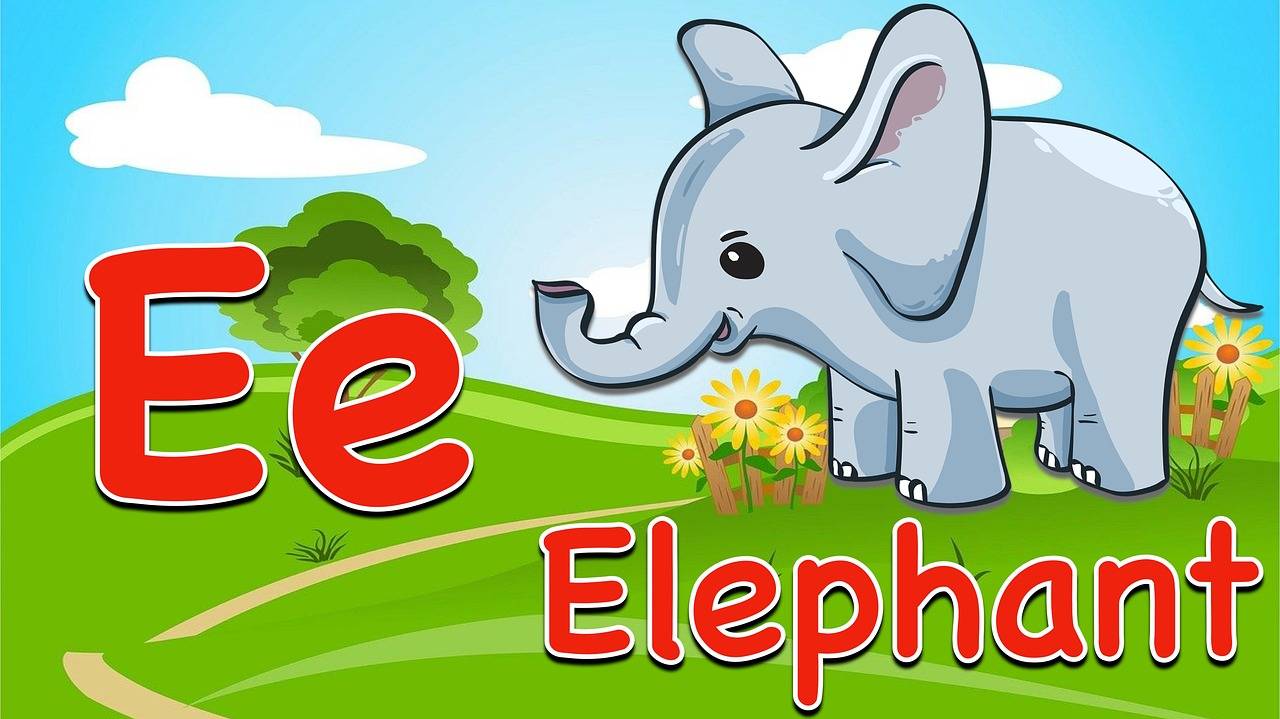Education and Corporate Partnerships: Building Collaborations
Collaboration between educational institutions and corporations plays a pivotal role in fostering a dynamic and mutually beneficial partnership. This synergy enables the sharing of resources, knowledge, and expertise, ultimately enhancing the learning experience for students and driving innovation in the corporate sector. By working together, both parties can leverage their unique strengths to address challenges, create impactful initiatives, and contribute to the growth and development of society as a whole.
Moreover, collaboration in education and corporate partnerships serves as a bridge between academia and the real world, offering students opportunities for practical learning and hands-on experience. Through partnerships with industry leaders, educational institutions can stay abreast of current trends and demands in the job market, ensuring that their curricula remain relevant and responsive to the needs of the industry. Likewise, corporations benefit from access to a pool of talented and skilled individuals who are well-prepared to meet the challenges of the modern workplace.
Identifying Mutual Goals and Objectives
When engaging in collaboration between educational institutions and corporate partners, it is crucial to start by identifying mutual goals and objectives. This initial step sets the foundation for a successful partnership by ensuring that all parties involved are aligned in their mission and vision. By clearly defining shared goals, both the educational institution and the corporate partner can work towards a common purpose, driving synergy and maximizing the impact of their collaboration.
Through open communication and dialogue, stakeholders from both sides can come together to outline objectives that reflect their collective interests and aspirations. This process not only helps to establish a sense of unity and purpose but also enables each party to understand the perspectives and priorities of the other. By identifying mutual goals and objectives early on, collaborations can be structured in a way that is inclusive, focused, and goal-oriented, leading to more meaningful and impactful outcomes for all involved.
Creating a Framework for Collaboration
When establishing a framework for collaboration between educational institutions and corporate partners, it is essential to clearly outline the roles and responsibilities of each party involved. This includes establishing communication channels, setting expectations, and defining key deliverables to ensure alignment and efficiency throughout the collaboration process. By having a well-defined framework in place, both parties can work towards a common goal with a clear understanding of their contributions and how they can support each other.
Furthermore, it is crucial to establish mechanisms for feedback and evaluation within the collaboration framework to monitor progress and make any necessary adjustments as needed. Regular check-ins, progress reports, and feedback sessions can help identify any challenges or areas for improvement, allowing both partners to proactively address issues and keep the collaboration on track. By incorporating feedback loops into the framework, educational institutions and corporate partners can continuously assess the effectiveness of their collaboration and make informed decisions to enhance their mutual objectives.





